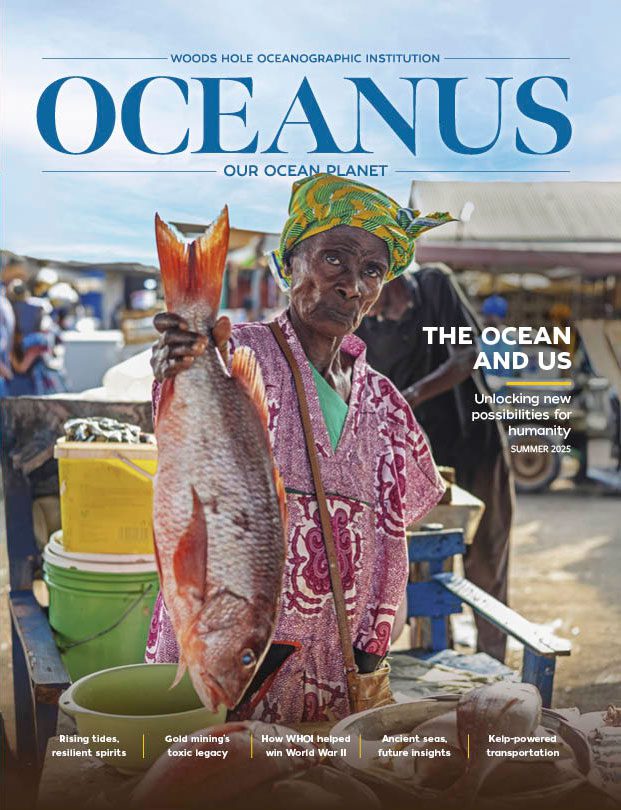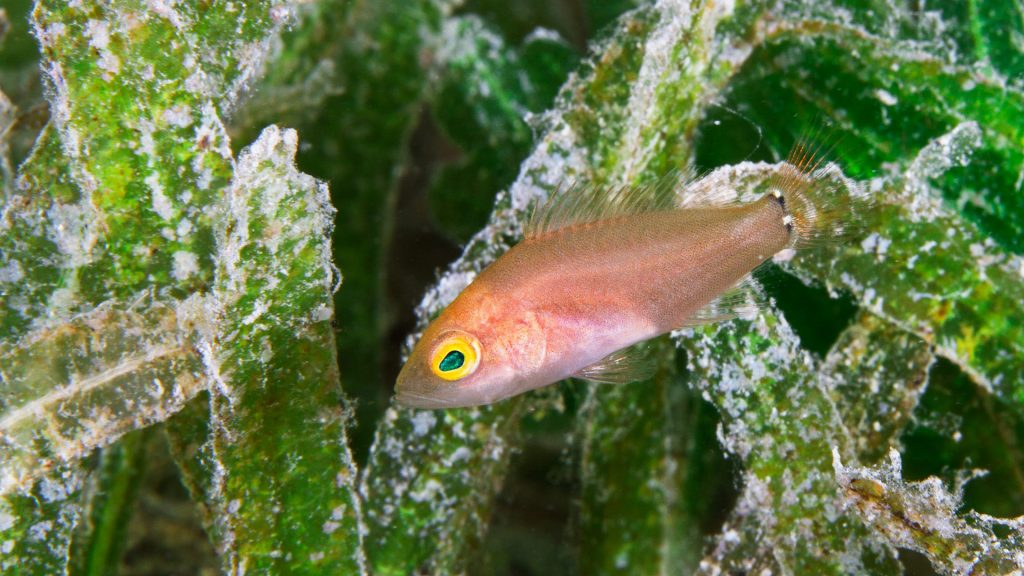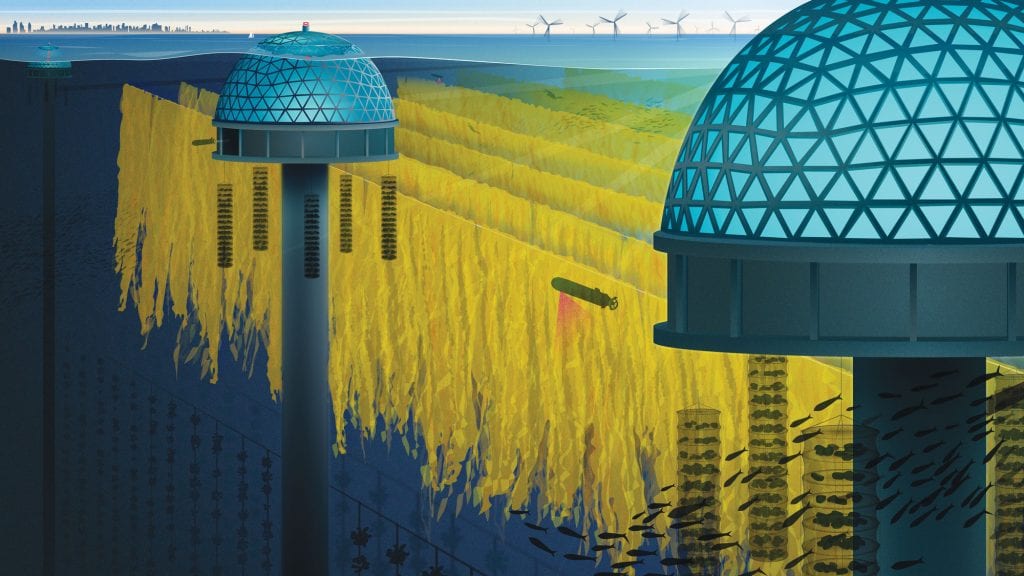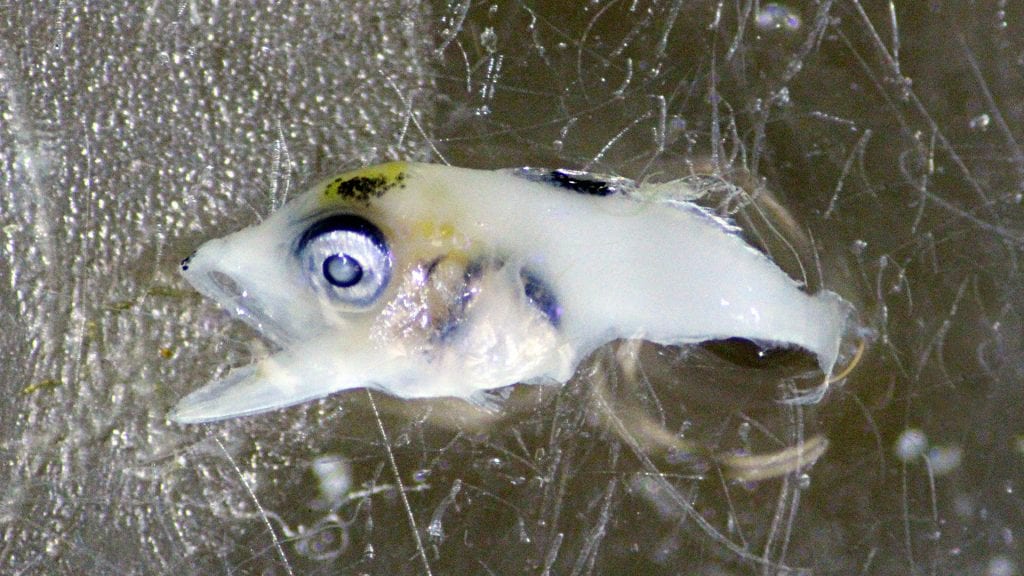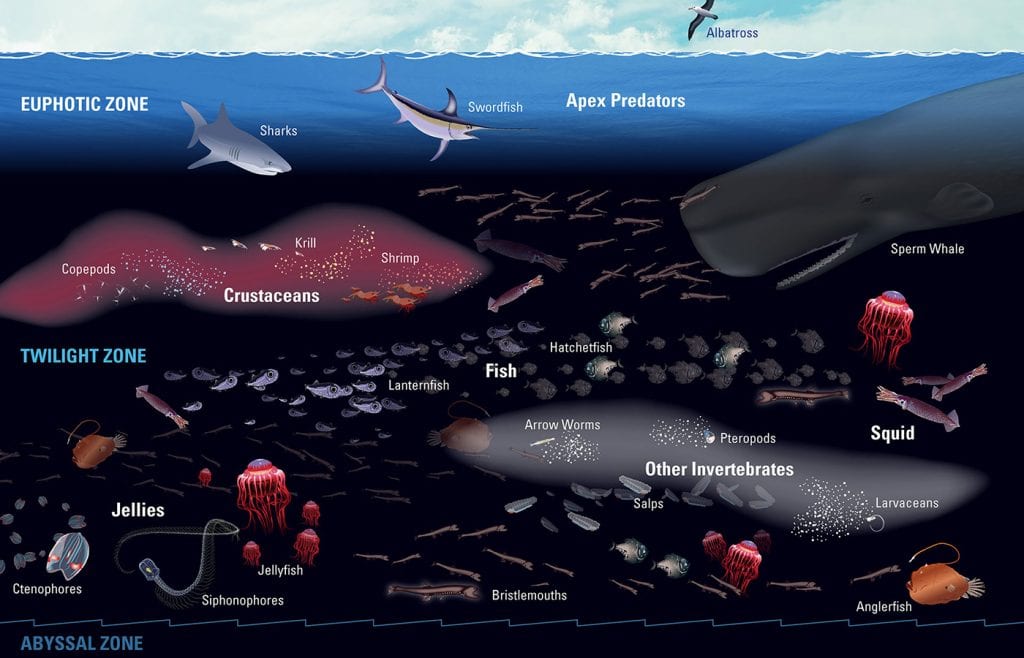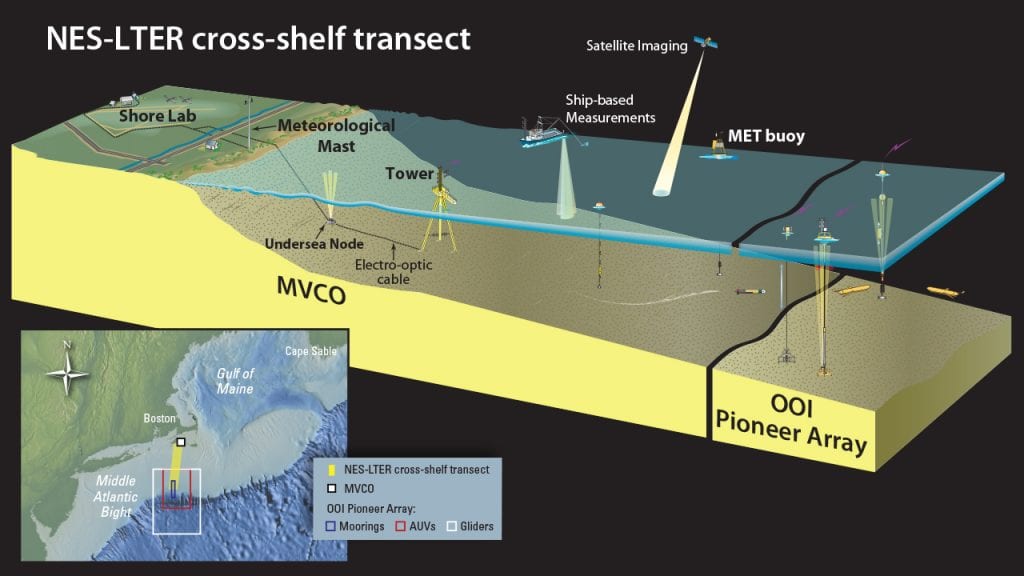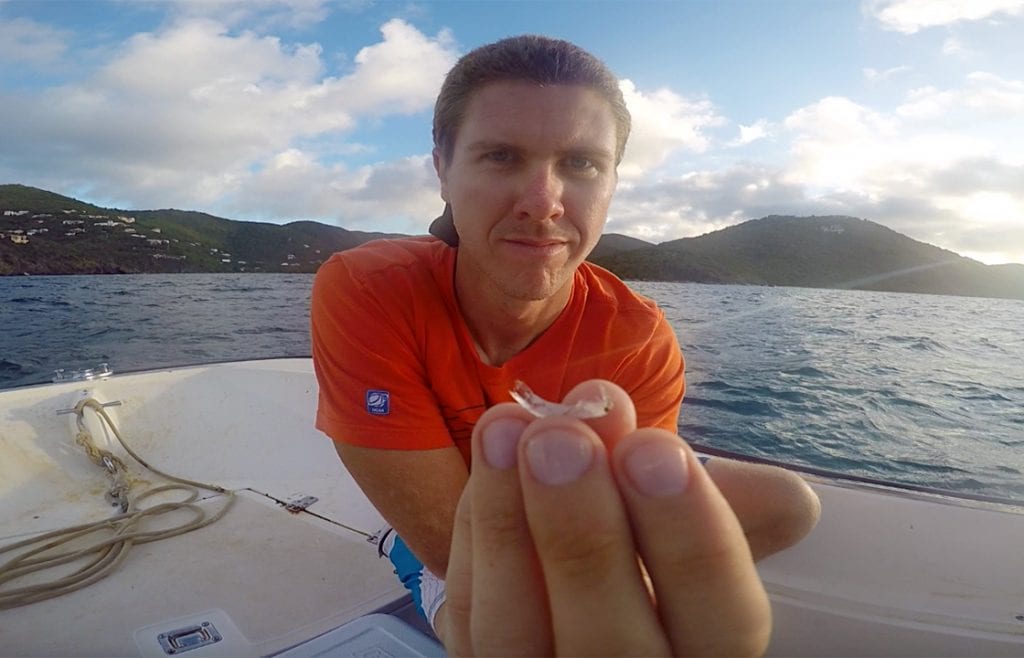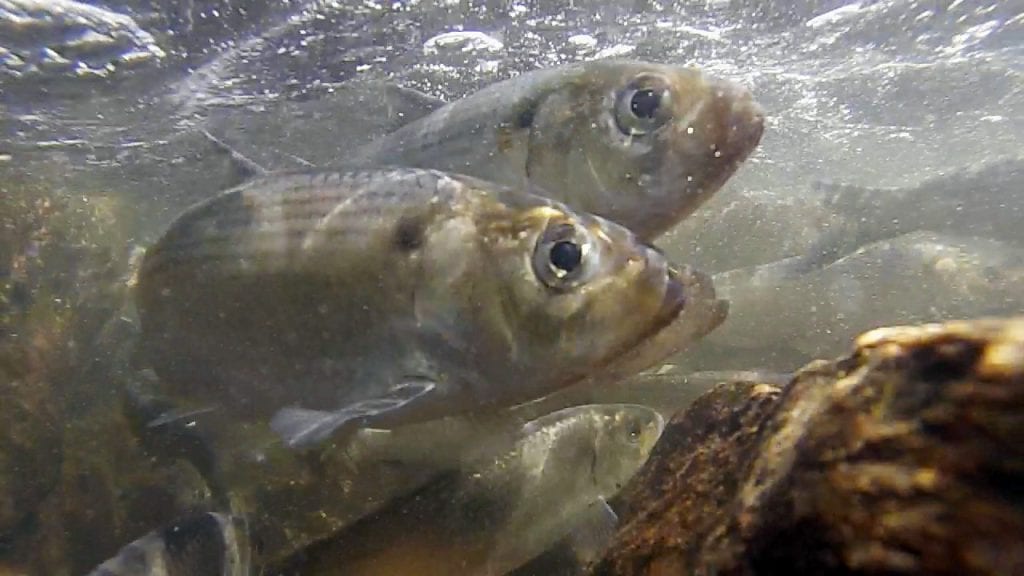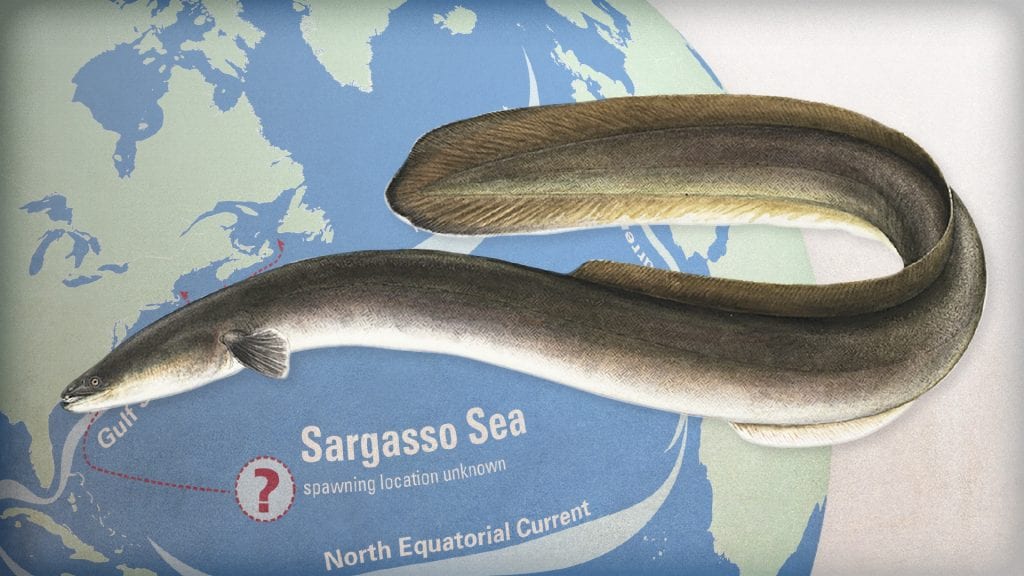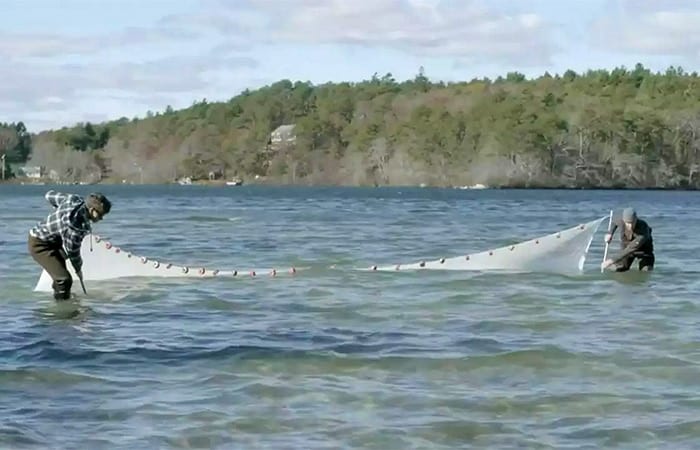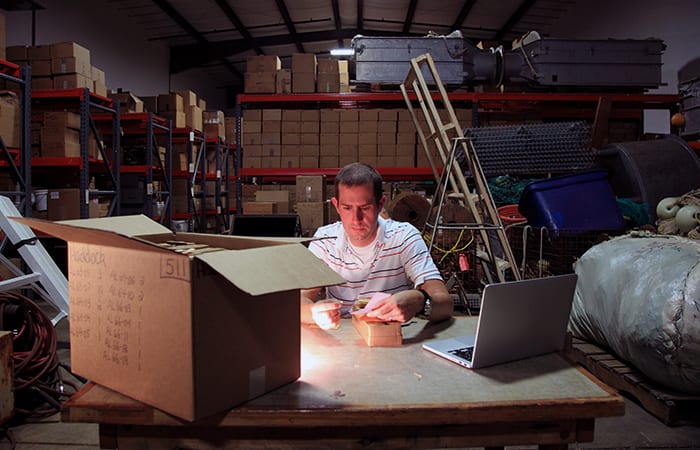Joel Llopiz
Refine by
Date
Topic:
Article Type
Special Series
Author
Tracking dispersal of baby fish for better reef conservation
To improve marine protected areas, WHOI scientists study the traffic patterns of juvenile reef fish
Uncharted Waters
Our global ocean will change dramatically over the next few decades. What might it look like, and how will humans adapt?
The Secret Tuna Nursery
WHOI biologists and physical oceanographers combine expertise to reveal a place in the ocean where some tuna are born.
Mission to the Ocean Twilight Zone
The twilight zone is a part of the ocean 660 to 3,300 feet below the surface, where little sunlight can reach. It is deep and dark and cold, and the pressures there are enormous. Despite these challenging conditions, the twilight zone teems with life that helps support the ocean’s food web and is intertwined with Earth’s climate. Some countries are gearing up to exploit twilight zone fisheries, with unknown impacts for marine ecosystems and global climate. Scientists and engineers at Woods Hole Oceanographic Institution are poised to explore and investigate this hidden frontier.
Long-term Study Focuses on New England Ocean
The National Science Foundation has created a new Long Term Ecological Research site off the New England coast to increase understanding of an area of the ocean known for its abundant marine life and productive commercial fisheries.
How Do Fish Find Their Way?
An MIT-WHOI Joint Program graduate student is exploring how tiny larvae hatched in the open ocean find their way to coral reefs where they settle down and live.
A Big Decline of River Herring
River herring used to run up coastal streams in great numbers in springtime, returning from the ocean to spawn in fresh water. But their populations have plummeted. WHOI biologist Joel Llopiz is investigating critical gaps in understanding river herring’s larval stage just after they hatch.
A Slithery Ocean Mystery
It’s an enduring mystery: How do tiny eel larvae make their way from the Sargasso Sea to coastal freshwater estuaries where they grow up?
No Stone Unturned
WHOI iologist Joel Llopiz is taking advantage of information stored in the tiny “ear stones” of larval and juvenile river herring to learn more about why the once-ubiquitous species is having difficulty re-populating lakes and streams in New England.
Why Haven’t the Cod Come Back?
A WHOI biologist is analyzing fish scales dating back to the 1930s to unravel changes in the ecosystem of Georges Bank, one the world’s most productive fisheries.
